From Developer to Delegator: Inside Cursor 2.0
Cursor 2.0 launches with game-changing features including the Composer 1 model, Agent Layout, integrated Chrome DevTools, and parallel agent capabilities.
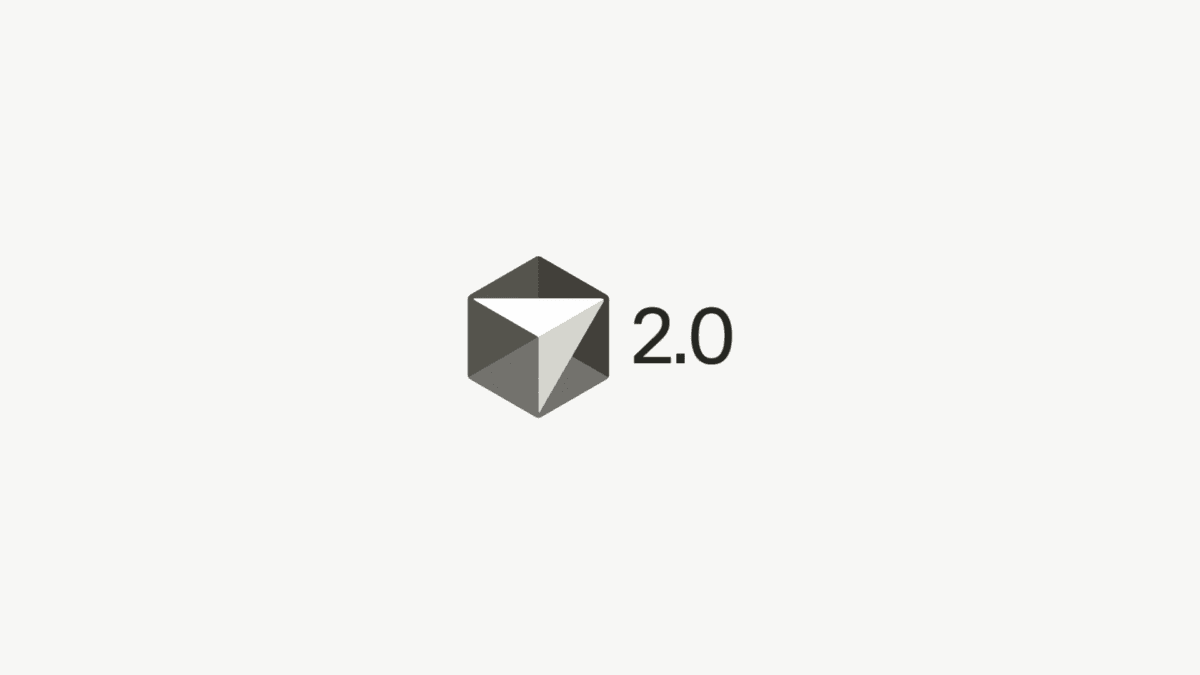
Key Takeaways
Composer 1 model delivers 4x faster inference than comparable models, completing most coding tasks in under 30 seconds with mixture-of-experts architecture
Agent Layout shifts the IDE paradigm from file-centric to agent-centric, enabling seamless management of multiple AI agents working on different problems
Native browser integration with Chrome DevTools allows live testing, DOM inspection, and debugging directly within the IDE
Parallel agent capabilities support up to 8 agents working simultaneously via git worktrees or remote sandboxes, improving reliability through comparative outputs
Cursor 2.0 has just launched, introducing four major features that mark a significant leap forward in agentic coding workflows: Composer 1 model, Agent Layout, Native Browser with Chrome DevTools, and Parallel Agents. These updates transform the experience for developers, emphasizing speed, usability, and effective collaboration between multiple AI agents.
Composer 1 Model: Speed and Depth
The Composer 1 model is Cursor's first proprietary coding model, built specifically for software engineering tasks. It's a mixture-of-experts (MoE) large language model trained with reinforcement learning in cloud-based sandbox environments, optimized for high-speed inference and agentic collaboration. Composer is four times faster than similarly capable models, completing most coding turns in under 30 seconds, enabling rapid iteration and keeping developers in the coding flow. It supports long-context understanding, codebase-wide semantic search, and practical integration with code editing and reviewing tools.
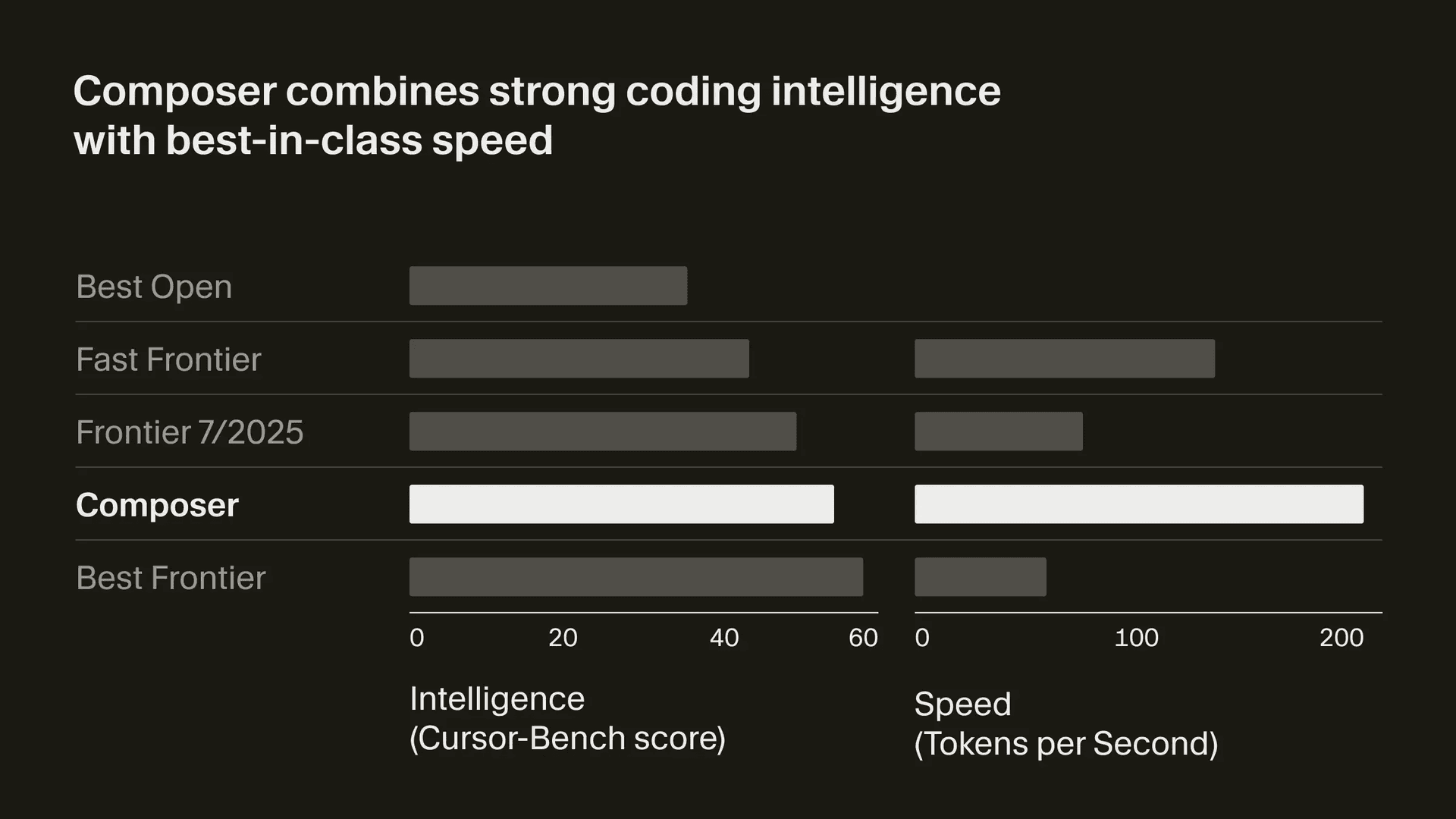
Agent Layout: UI for Multi-Agent Collaboration
The new interface in Cursor 2.0 is centered around agents rather than files, marking a shift in how developers interact with their projects. The Agent Layout introduces a focused view where developers can spin up, manage, and communicate with multiple agents, each tackling different problems or stages of the codebase simultaneously. The sidebar and interaction design make it easier to toggle between agents, review their output, and dive into specific code contexts, while retaining access to traditional file editing when needed.
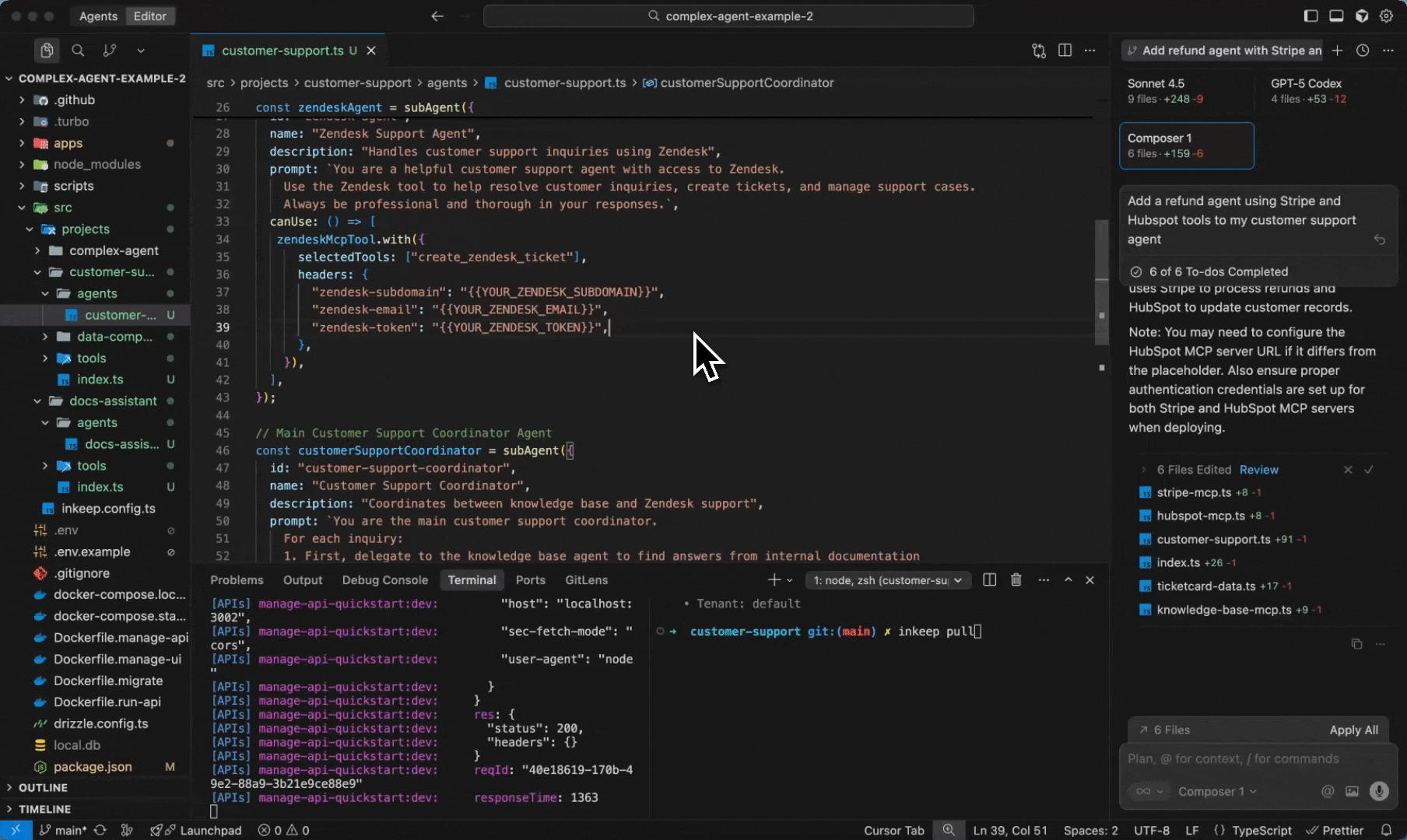
Native Browser: Embedded Chrome DevTools
Cursor 2.0 now includes a built-in browser environment, with integrated Chrome DevTools. This allows agents and developers to test web work live, perform DOM inspections, audit performance, and debug using familiar Chrome-level diagnostics, all directly inside the IDE. Developers can alternate between Cursor's built-in browser tab and their regular system Chrome browser as needed.
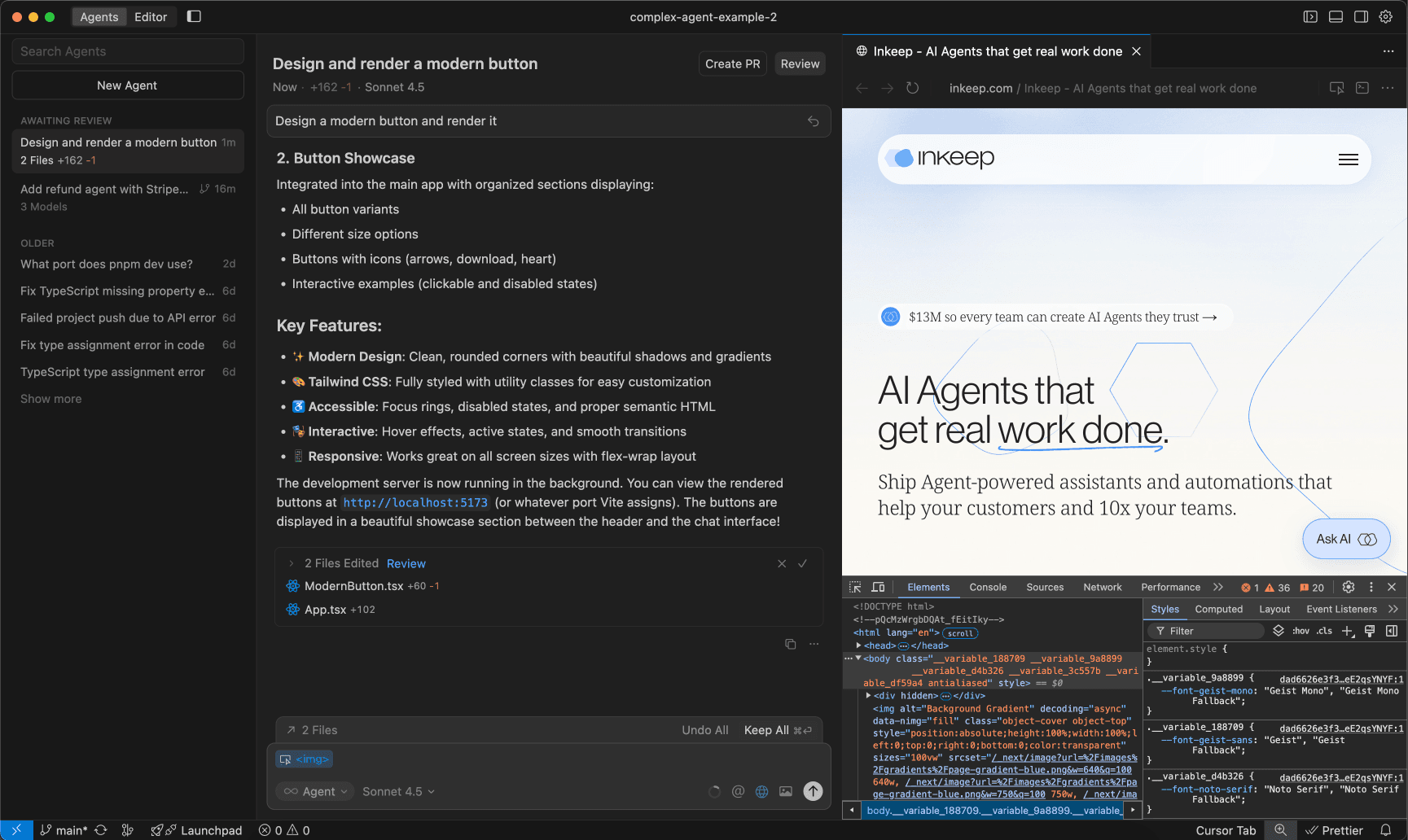
Parallel Agents: Multi-Model and Multi-Agent Automation
The platform now enables up to eight agents working in parallel, each isolated via git worktrees or remote sandboxes. This means several agents, or models, can simultaneously tackle the same problem (or different ones), with their outputs being compared for efficiency and accuracy. For difficult development tasks, this improves reliability: developers can pick the best agent-generated solution. The infrastructure scales, letting models run bursts of concurrent tasks without interference, streamlining both automation and review workflows.
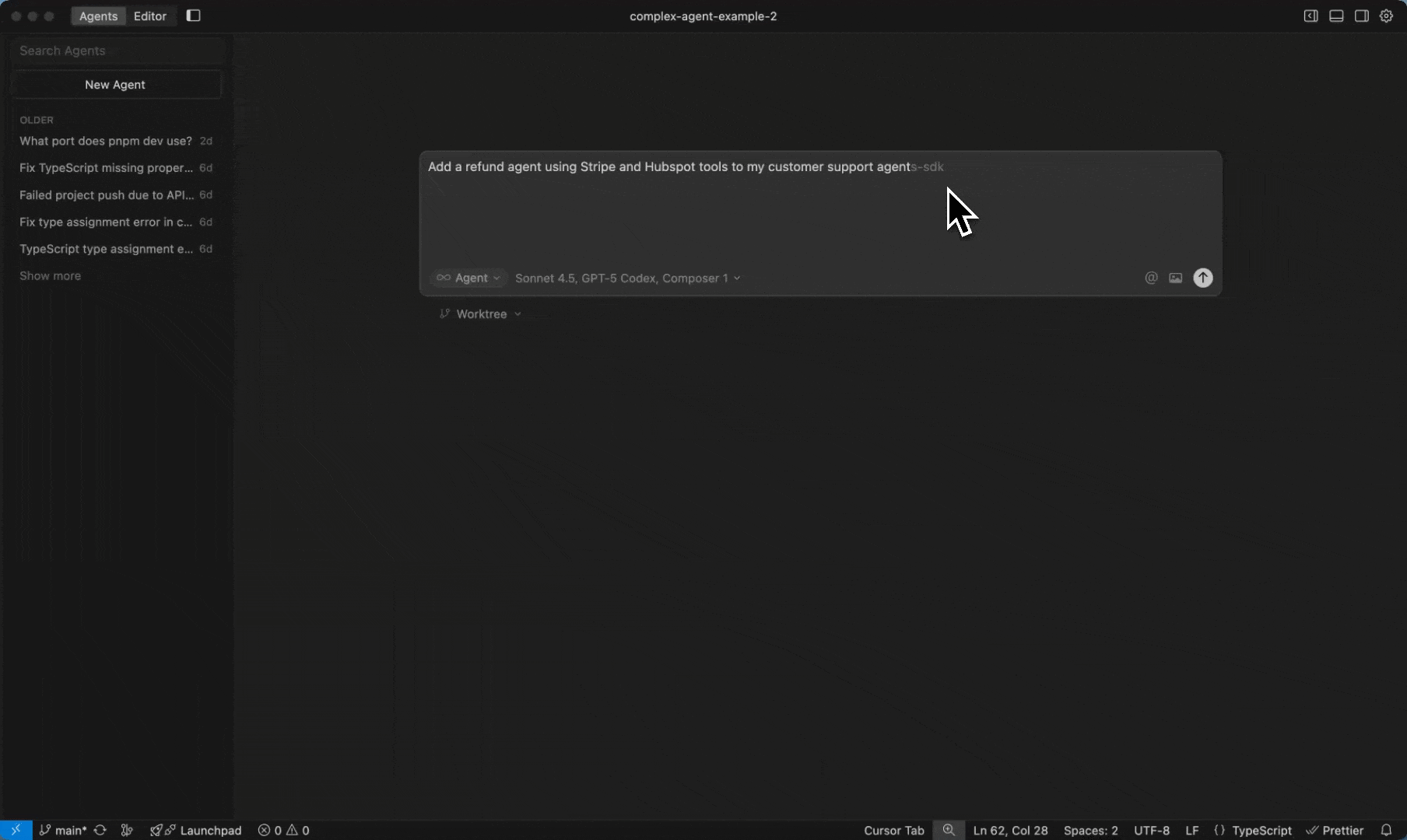
Additional Notables
Other enhancements include team-wide custom commands, voice controls, and improved prompt UI, refining the agentic coding experience further. Reviewing and testing agent-produced code changes is now easier, thanks to deeper integration with project history and live environments.
Conclusion
Cursor 2.0 sets a new bar for agentic development platforms, offering real time speed, advanced collaboration, and a natively integrated browser environment. With Composer 1 and its multi-agent, multi-model capabilities, developers are empowered to iterate faster, debug smarter, and leverage AI at scale for software engineering tasks.
Frequently Asked Questions
Composer 1 is Cursor's first proprietary coding model, a mixture-of-experts (MoE) large language model trained with reinforcement learning in cloud-based sandbox environments. It's optimized for high-speed inference and agentic collaboration, running 4x faster than similarly capable models while supporting long-context understanding and codebase-wide semantic search.
The Agent Layout introduces an agent-centric interface where developers can spin up, manage, and communicate with multiple agents simultaneously. Each agent can tackle different problems or stages of the codebase independently, with an intuitive sidebar design for toggling between agents and reviewing their outputs.
The native browser with Chrome DevTools allows developers and agents to test web work live, perform DOM inspections, audit performance, and debug using familiar Chrome-level diagnostics, all directly inside the IDE without switching contexts.
Cursor 2.0 supports up to eight agents working in parallel, each isolated via git worktrees or remote sandboxes. This allows multiple agents or models to tackle the same problem simultaneously, with developers able to compare and choose the best solution.
Yes, Cursor 2.0 represents a significant leap forward with its 4x faster Composer 1 model, parallel agent capabilities, integrated browser with DevTools, and agent-centric UI. These features dramatically improve development speed, debugging capabilities, and the ability to leverage AI at scale for software engineering tasks.

